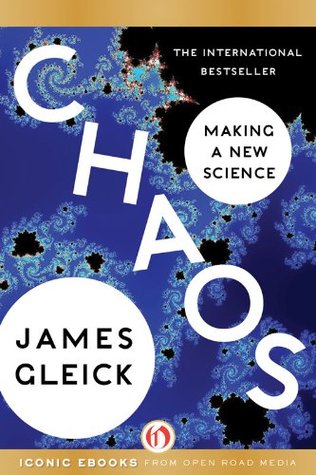Suddenly, though, as the parameter passed 3, the line broke in two. May’s imaginary fish population refused to settle down to a single value, but oscillated between two points in alternating years. Starting at a low number, the population would rise and then fluctuate until it was steadily flipping back and forth. Turning up the knob a bit more—raising the parameter a bit more—would split the oscillation again, producing a string of numbers that settled down to four different values, each returning every fourth year.*
Welcome back. Just a moment while we sign you in to your Goodreads account.


